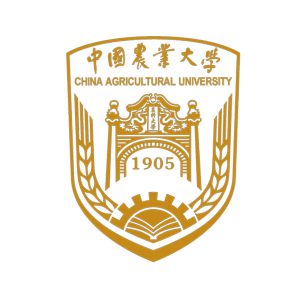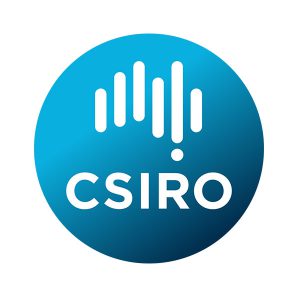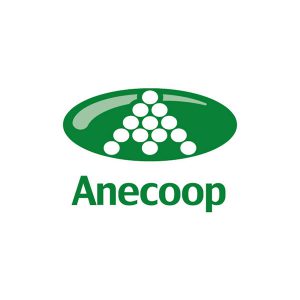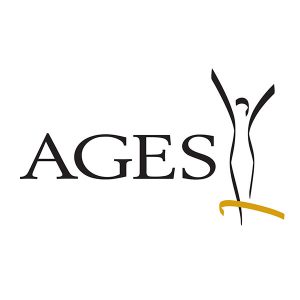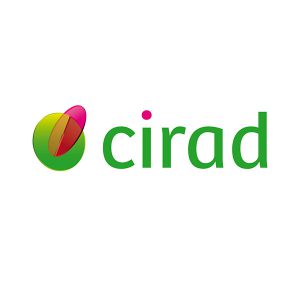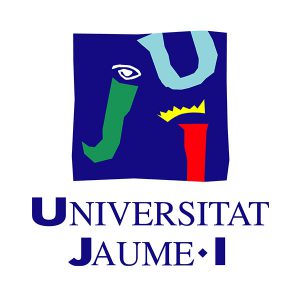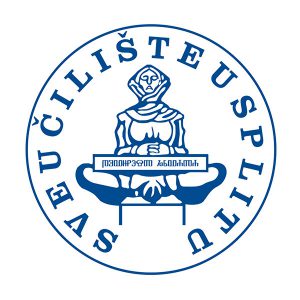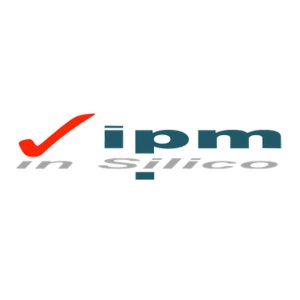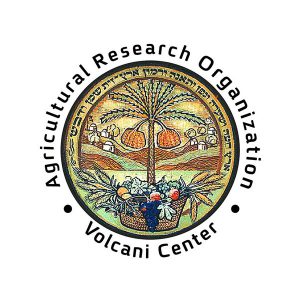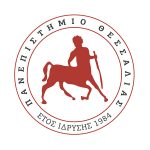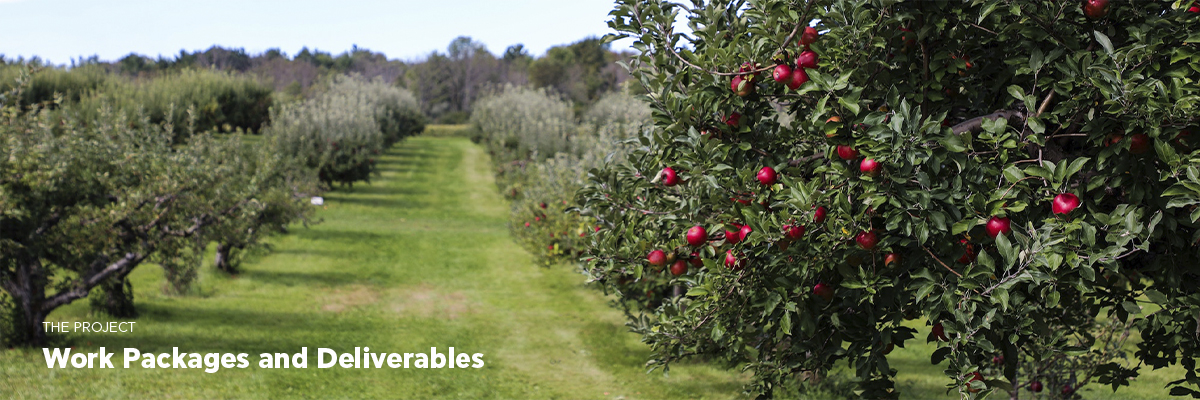
Lead:
University of Thessaly (UTH)
Objectives:
Ensure the smooth running of the project including communication between the consortium and the EC, so that all knowledge is created, managed and disseminated in a coordinated and coherent manner and that all management activities, financial and legal aspects and other issues are managed to a high standard and according to the GA and CA terms. Support the Technical Manager, Innovation & Exploitation Manager, Stakeholder Engagement Coordinator and Advisory Board and facilitate stakeholder engagement both as partners and consultants throughout the project implementation.
Lead:
University of Thessaly (UTH)
Objectives:
- Generate a new set of biological data to feed modelling procedures focusing on wild populations of target FF pests;
- Fill major knowledge gaps of key aspects of the biology of the target FF pests.
Lead:
Royal Museum for Central Africa (RMCA)
Objectives:
To enhance FF prevention toolbox through the development of novel tools and methods for rapid and reliable interception of infested fruit, early detection of FF incursions, identification of the intercepted/detected specimens and origin tracing.
Lead:
UJI
Objectives:
To broaden FF management toolbox through the development of tools and approaches for OFF-Season control of Cc.
Lead:
Cervantes Agritech
Assistant Lead:
ARO
Objectives:
- To develop and test a novel decision-support system (DSS) to assist NPPOs to more efficiently and effectively survey for FF, and in the event of an incursion, to predict the population dynamics of the FF under different incursion management scenarios.
- To develop and validate novel Spatio-temporal optimization strategies for early detection systems of FF incursions.
Lead:
inSILICO-IPM
Assistant Lead:
UNIMOL
Objectives:
- To develop a decision-support modelling system for in-silico design of site-optimised precision IPM for Cc management in heterogeneous landscapes;
- To develop and on-farm validate novel OFF- & ON-Season precision IPM strategies for Cc management.
Lead:
CIRAD
Objectives:
- To convert project-developed tools, methods and strategies into viable expert FF-management services.
- To build a foundation for providing advanced FF-management services (lasting beyond the project lifetime) to the relevant end-users.
- To develop an extensible technical platform to deliver DSS-based advisory services to enhance European biosecurity capacity in FF prevention.
- To establish exploitation channels by developing business plans for an exploitable project outcome.
Lead Partner:
RNDO
Objectives:
- To widely disseminate the project results at regional, national, European and international level;
- To ensure communication of the research results and services generated as wide as possible.
Lead:
UTH
Objectives:
- Compliance with the ethics requirements set out for the project;
- Procedures and criteria for identifying/recruiting research participants, Informed Consent Procedures;
- Information Sheets, Data Protection Regulations, DPO, Security measures for personal data protection;
- Ethics Issues regarding materials imported/exported from the EU;
- Environmental Protection and Safety.
Project Timeline
| ## | Deliverable title | WP | Lead partner |
|---|---|---|---|
| D.1.1 | Data Management Plan and Support Pack | WP1 | UTH |
| D.1.2 | Interim Technical Report on the R&D activities | WP1 | RMCA |
| D.1.3 | Final Report on the R&D activities | WP1 | RMCA |
| D.1.4 | Report on accomplished innovations, PRA arrangements and protection, and implementation | WP1 | UTH |
| D.2.1 | Report on gaps in biological knowledge and priority experimental list (workshop minutes) | WP2 | InSilico-IPM |
| D.2.2 | Report of the host status of fruitlets of apple, peach and citrus species for Cc | WP2 | UTH |
| D.2.3 | Detailed biological data (response to environmental stress of 3 FF) uploaded in a web database | WP2 | SU |
| D.2.4 | Report on the seasonal patterns of the genetic affinity of Cc populations in all six pilot sites | WP2 | UTH |
| D.2.5 | Report on the overwintering dynamics of Cc in Austria | WP2 | AGES |
| D.2.6 | Report on the effects of benign and stressful conditions on adult dispersal patterns of the 3 FF | WP2 | ARO |
| D.2.7 | Report on the relationship between founding populations detection and establishment rates | WP2 | SU |
| D.3.1 | Improved and tested Delta and McPhail e-Traps and image analysis software | WP3 | UNIMOL |
| D.3.2 | Report on key diagnostic components of FF infested fruit volatiles | WP3 | BPI |
| D.3.3 | Mobile application for morphological identification of larvae and adults of target species | WP3 | SU |
| D.3.4 | DNA sequences uploaded in GENBANK and BOLD | WP3 | RMCA |
| D.3.5 | Manual for multi-step work flow and decision protocol available to NPPO’s | WP3 | RMCA |
| D.3.6 | Validated e-Nose prototype and application protocol for detection of FF infested fruit | WP3 | PCA |
| D.4.1 | Technical documentation for application of nematodes as FF OFF-Season-IPM tool made available for WP6 | WP4 | BPI |
| D.4.2 | Technical documentation for application of predator based biocontrol as FF OFF-Season-IPM tool available for WP6 | WP4 | UJI |
| D.4.3 | Technical documentation for application of entomopathogenic fungi FF OFF-Season-IPM tool made available for WP6 | WP4 | E-nema |
| D.4.4 | Technical documentation for application of lure and kill as FF OFF-Season-IPM tool completed and available for WP6 | WP4 | ANECOOP |
| D.4.5 | Reports on the compatibility of the different OFFSeason IPM tools | WP4 | CIRAD |
| D.5.1 | Report on the actors’/stakeholders’ needs, priorities and recommendations for development of the improved alert and early warning detection systems | WP5 | UTH |
| D.5.2 | Prototype of the DS-Alert System developed | WP5 | ARO |
| D.5.3 | Prototype for optimizing early detection system developed | WP5 | CORVUS |
| D.5.4 | DS-Alert System validated and installed on FF platform | WP5 | UTH |
| D.5.5 | Early detection system, in field validated and installed on the platform | WP5 | UTH |
| D.5.6 | Strategic guidelines for application of DS-Alert and optimed early warning system | WP5 | BPI |
| D.6.1 | Report from the introductory stakeholder meeting(s) | WP5 | UNISPLIT |
| D.6.2 | Draft documentation of prototype Virtual-Farm DSS tool | WP6 | UTH |
| D.6.3 | Description of Pilot Sites, in-silico generated IPM scenarios, and stakeholder recommendations | WP6 | inSilico-IPM |
| D.6.4 | Report on performance of the project-developed IPM technology | WP6 | UJI |
| D.6.5 | Strategic guidelines for design of locally-optimised OFF- & ON-Season IPM, with illustrative implementation scenarios and projections of their medium- & longer-term socio-economic and environmental impacts | WP6 | ISCTE |
| D.7.1 | Initial version of the FF Management Platform functional | WP7 | UTH |
| D.7.2 | FF Management Platform fully functional and available to stakeholders | WP7 | UTH |
| D.7.3 | Generic Exploitation plan | WP7 | CIRAD |
| D.7.4 | Service prospectus and business plan for Virtual Farm | WP7 | In-Silico IPM |
| D.7.5 | Service prospectus and business plan for Pest Risk Alert | WP7 | RMCA |
| D.7.6 | Business and marketing plan for novel interception, detection and IPM tools | WP7 | CIRAD |
| D.8.1 | Strategic communication and dissemination plan | WP8 | RNDO |
| D.8.2 | FF-IPM Newsletters | WP8 | RNDO |
| D.8.3 | Database for the dissemination of FF-IPM research accomplishments | WP8 | RNDO |
| D.8.4 | FF-IPM promotional video | WP8 | RNDO |
| D.8.5 | Layman report | WP8 | RNDO |
| D.8.6 | Development of training modules | WP8 | RNDO |
| D.8.7 | List of dissemination and communication events including the number of participants and documents distributed | WP8 | RNDO |
| D.8.8 | Recommendations to policy makers on advantages and feasibility of the new FF management paradigm | WP8 | AGES |
| D.9.1 | H - Requirement no.1 | WP9 | UTH |
| D.9.2 | POPD - Requirement no.2 | WP9 | UTH |
| D.9.3 | NEC - Requirement no.3 | WP9 | UTH |
| D.9.4 | EPQ - Requirement no.4 | WP9 | UTH |





